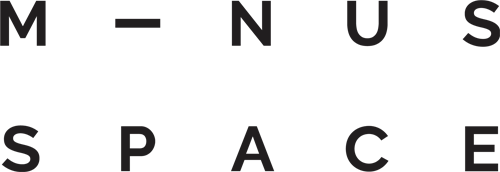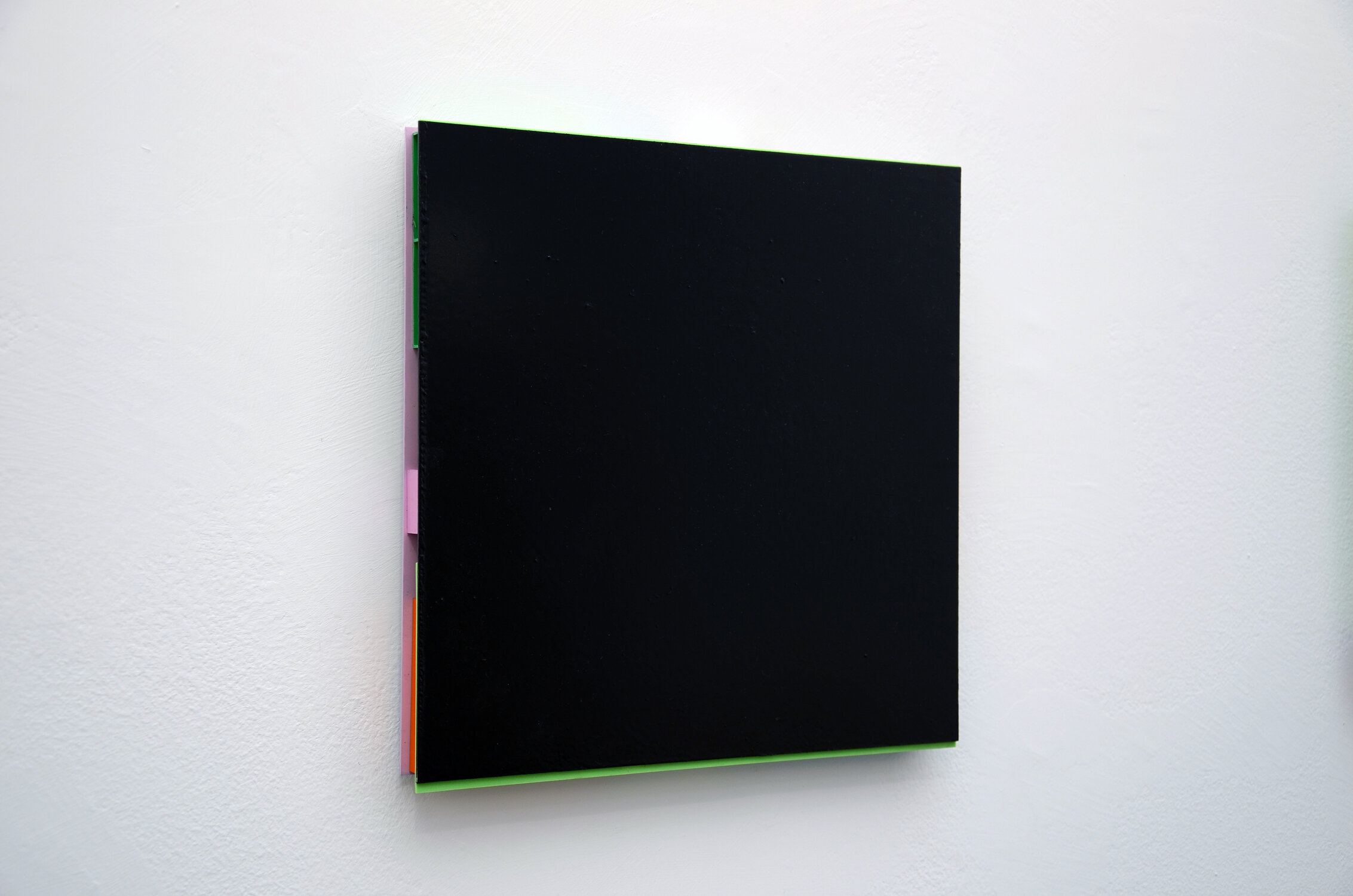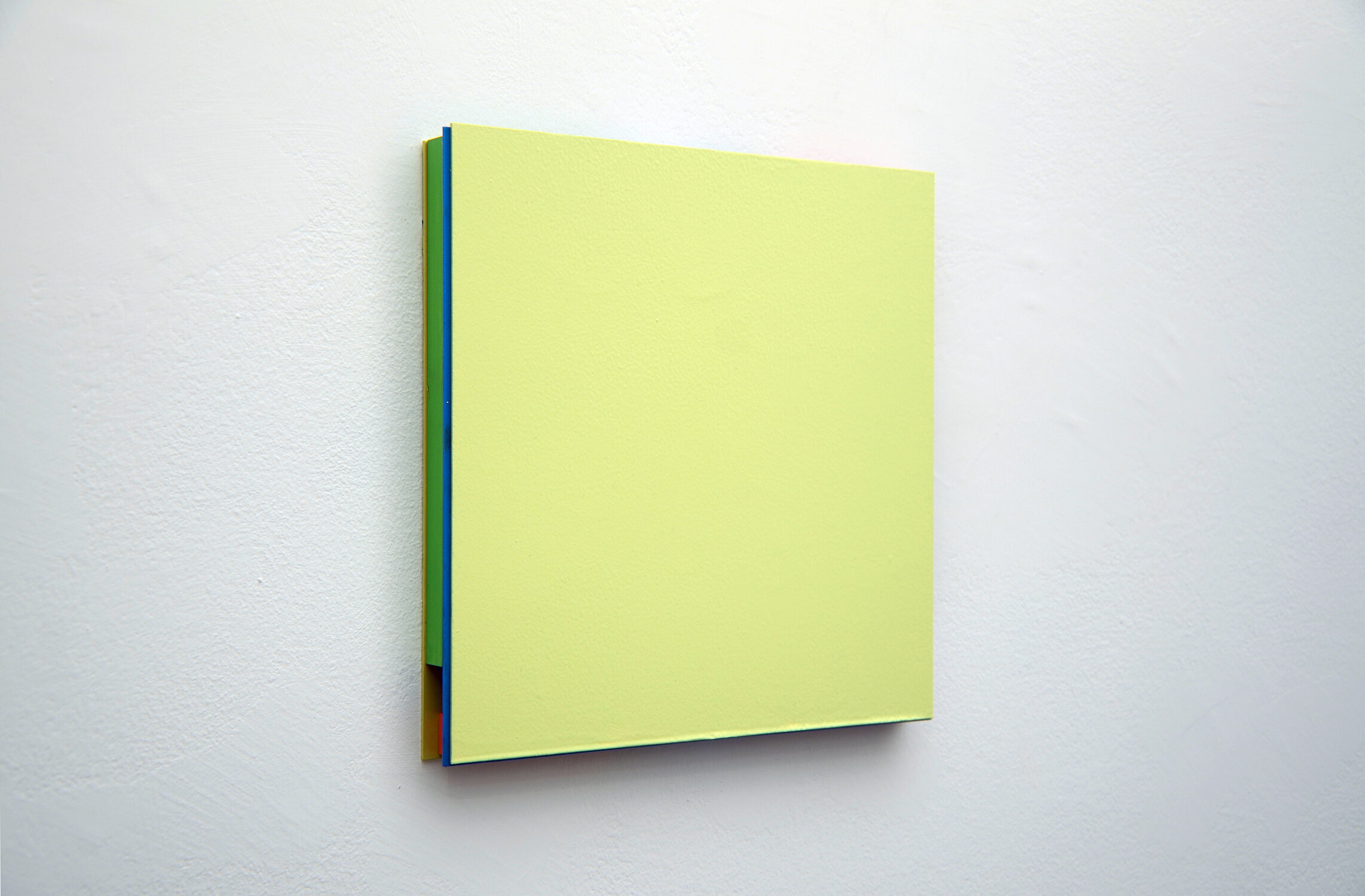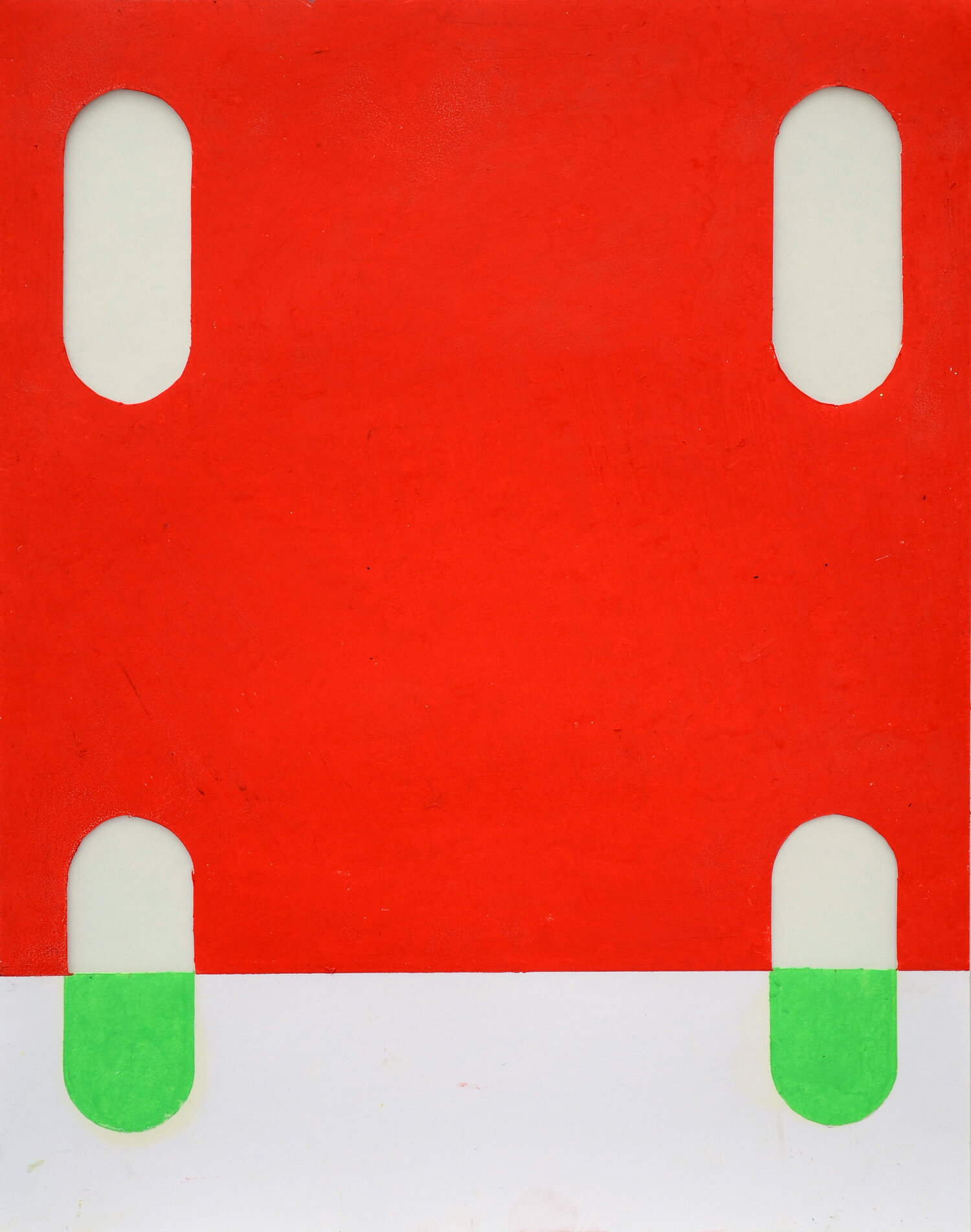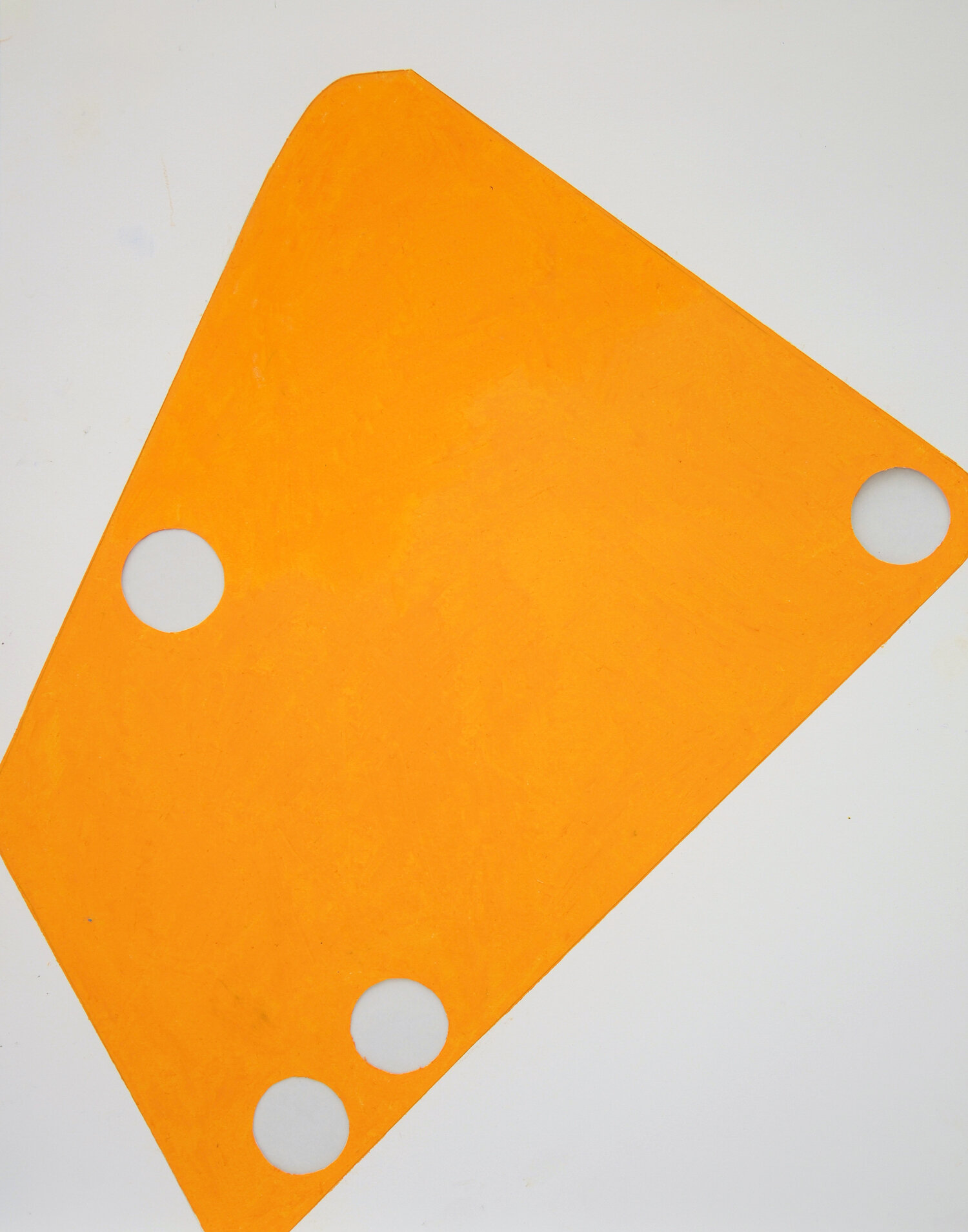Tilman
b. 1959, Munich, Germany / Lives in Saint-Maurice-de-Cazevieille, France + Dolceacqua, Italy
Interested in Tilman? Contact us.
Tilman, Flat, 2012, Enamel, foam on aluminum, 31.5 x 23.5 x 1 inches, #T80
Tilman, 22.12, 2012, Enamel on aluminum, 11 x 4 x 3.25 inches, #T77
Tilman, Untitled, 2012, Enamel on aluminum, 8.5 x 4 x 3 inches, #T85
Tilman, Untitled, 2012, Enamel on aluminum, 8.5 x 4 x 3 inches, #T86
Tilman, Flat 53.12, 2012, Enamel, foam on aluminum, 12 x 12 x .75 inches, #T83.JPG
Tilman, Flat 5.12, 2012, Enamel, foam on aluminum, 12 x 12 x .75 inches, #T81
Tilman, Flat 24.12, 2012, Enamel, foam on aluminum, 12 x 12 x .75 inches, #T84
Tilman, 31-08 Untitled (House of Colors), 2008, Enamel on aluminum, 16.5 x 11.75 x 5 inches, #T46
Tilman, Z300-11.11 Untitled, 2011, Crayon on vellum with cut holes, 14 x 11 inches - 1
Tilman, Z300-11.11 Untitled, 2011, Crayon on vellum with cut holes, 14 x 11 inches - 2
Tilman, Z300-11.11 Untitled, 2011, Crayon on vellum with cut holes, 14 x 11 inches - 3
Tilman, Z300-11.11 Untitled, 2011, Crayon on vellum with cut holes, 14 x 11 inches - 4
Tilman, Z300-11.11 Untitled, 2011, Crayon on vellum with cut holes, 14 x 11 inches - 5
Tilman, Z300-11.11 Untitled, 2011, Crayon on vellum with cut holes, 14 x 11 inches - 6
Tilman, Z300-11.11 Untitled, 2011, Crayon on vellum with cut holes, 14 x 11 inches - 7
Tilman, Z300-11.11 Untitled, 2011, Crayon on vellum with cut holes, 14 x 11 inches - 8
Tilman, Z300-11.11 Untitled, 2011, Crayon on vellum with cut holes, 14 x 11 inches - 9
Tilman, Z300-11.11 Untitled, 2011, Crayon on vellum with cut holes, 14 x 11 inches - 10
Tilman, Z300-11.11 Untitled, 2011, Crayon on vellum with cut holes, 14 x 11 inches - 11
Tilman, Z300-11.11 Untitled, 2011, Crayon on vellum with cut holes, 14 x 11 inches - 12
Tilman, Z336-45.11 Untitled, 2011, Crayon on Bristol vellum with cut holes, 25.5 x 19.5 inches - 1
Tilman, Z336-45.11 Untitled, 2011, Crayon on Bristol vellum with cut holes, 25.5 x 19.5 inches - 2
Tilman, Z336-45.11 Untitled, 2011, Crayon on Bristol vellum with cut holes, 25.5 x 19.5 inches - 4
Tilman, Z336-45.11 Untitled, 2011, Crayon on Bristol vellum with cut holes, 25.5 x 19.5 inches - 5
Tilman, Z336-45.11 Untitled, 2011, Crayon on Bristol vellum, 25.5 x 19.5 inches - 7
Tilman, Z336-45.11 Untitled, 2011, Crayon on Bristol vellum with cut holes, 25.5 x 19.5 inches - 10.jpg
Biography
Tilman (b. 1959, Munich, Germany) has exhibited internationally for the past three decades, including solo and group exhibitions in Europe, United States, and Australia, and Japan. In 2006, Kunstnernes Hus in Oslo, Norway mounted a major survey exhibition of the artist’s work Look Awry. Recent solo exhibitions include The Suburban (Chicago, Illinois), Linard Langsdorff (Paris, France), Mondriaanhuis (Amersfort, The Netherlands), Concept Space (Shibukawa, Japan), Project Initiative Tilburg (Tilburg, The Netherlands), Galerie Eric Linard (Garde-de-Adhemar, France), Galerie Soardi (Nice, France), and Galerie 69 (Graz, Austria).
After realizing several large-scale, in-situ installations Vienne (France), Lyon Biennale Resonances (France), Toowoomba (Australia), Braine- l`Alleud (Belgium), which he labels as “artitectures” as part of an expansive painting process, he launched the project INFINITE VILLAGE in collaboration with Canadian-born artist Cora von Zezschwitz in 2017.
Under the title INFINITE VILLAGE, both artists created large in-situ installations in Venice (UAVA, 2017), Campo dei Gesuiti (2018), Biennale de Grenchen (Switzerland, 2018), Eglise des Célestins (Avignon, 2018), A Farm, Ho Chi Minh City (Vietnam, 2019), M-17 Art Center (Kiev, 2019), and MANIFESTA 13 Marseille/Paralleles du Sud (France, 2020)
Tilman’s work has been featured in publications, such as ARTnews, Artnet Magazine, Sculpture Magazine, and Tema Celeste, among many others. His work is included in numerous public and private collections internationally, including Bayerische Landesbank International, Beck GmbH, Deutsche Bank, Fondation de la Tapisserie des Arts du Tissu et des Arts Mureaux, Tournai, Henie Onstad Art Center, Pfizer, Stiftung für Konkrete Kunst, Teachers Insurance, and The New York Public Library.
In addition to his artistic practice, Tilman was the co-founder, artistic director, and chief curator of the Center for Contemporary Non-Objective Art (CCNOA), which operated in Brussels, Belgium from 1999-2010. He also runs his private art space DAC (Dolceacqua Arte Contemporanea) at his home and studio in northern Italy. Tilman was director of Petra Bungert Gallery in New York City (1995-1998) and founder of H29, an artist run space in Brussels (2004-2009). As curator, he has organized about 40 exhibitions in Europe, Australia, New Zealand, and the United States.
Text
Tilman’s working process focuses on the exploration of light and space using a variety of media. A painter by origin, his work developed over the years into a physical and mental research of the constitutes of painting and its perception, embracing architecture and the essence of light. Under the premise that “light paints the world”, his works can be described as painted objects rather than paintings, where physical yet ephemeral qualities of light (as material) and space can be reflected upon, aspiring to a reviewed perception of “what is” and aiming to engage the viewer in this process.
As curator Joao Ribas writes in his text “Move closer – Look awry” (2010, LOOK AWRY, Kunstnernes Huis, Oslo, Norway):
“This phenomenological confrontation — part of Tilman’s assimilation of Minimalist sculptural practice — is part of his work’s openness to contingency and context. Tilman’s attention to both becomes a primary concern in his site-specific, architectural arrangement of paintings, challenging conceptions of the autonomous artwork — the fetish object of modernism — with the ethos of installation art. Tilman’s serial works, for example, are serial appearance but not in effect, as the rhythmic qualities color and changing light give a unique quality to each of the repetitive forms. The paintings are thus objects in a state of perpetual change, subject to transformation by qualitative and quantitative variations of their spatial character, of their inhabited space. In this sense, Tilman’s paintings ask to be looked at the way one actually approaches the shifting perception of the physical world. The viewer of invited to peer below, underneath, aside, and sometimes literally inside a painting. Tilman attracts that simple yet rewarding curiosity: the playful impulse to look inside a box or around a corner. An exploratory dimension is thus added to the act of looking, a physicality supplementing the unfolding of apperception traditionally associated with abstraction. To perceive becomes to participate. As Merleau-Ponty suggested, “the perceiving mind is an incarnate mind.” Tilman’s work seems to cleverly ask apropos of abstract painting: “Where do you stand? What is your position?”
